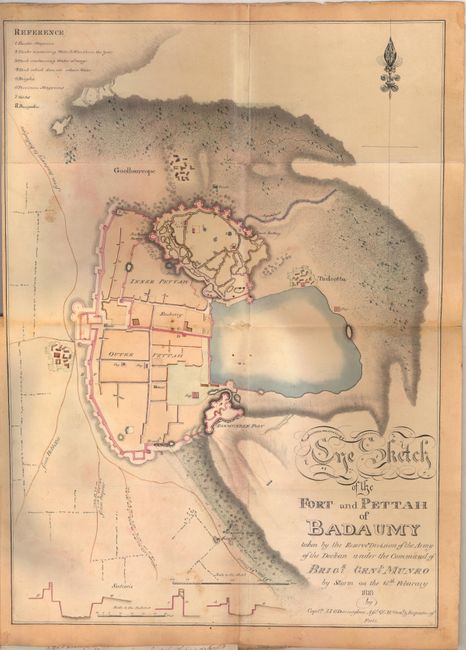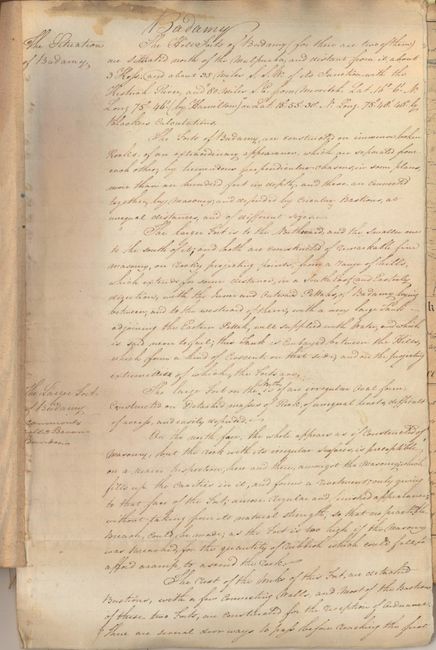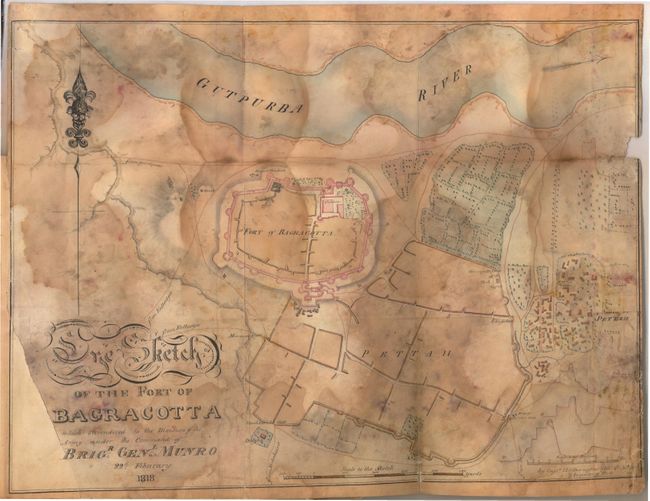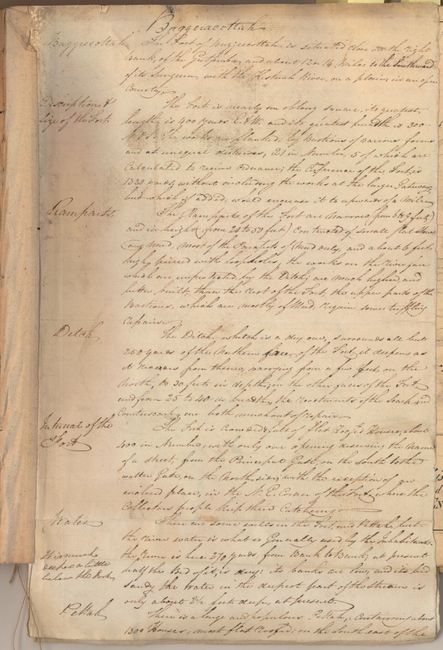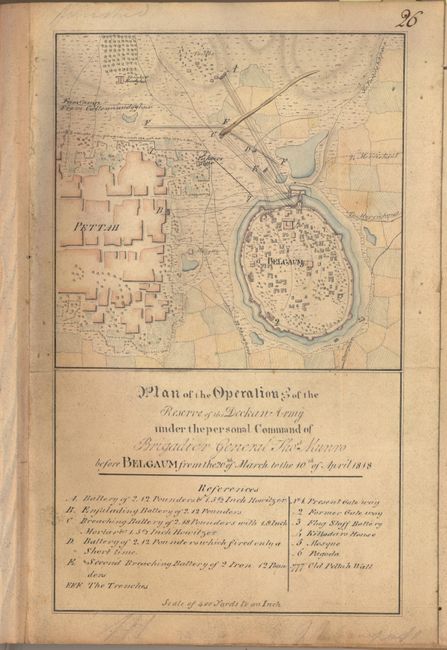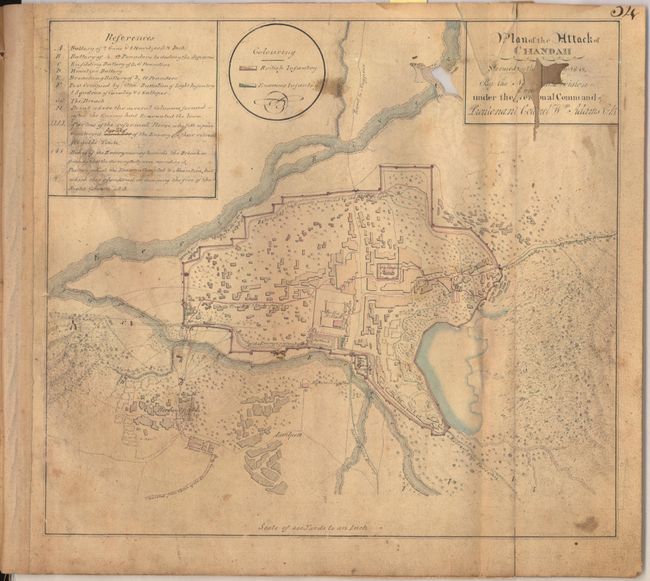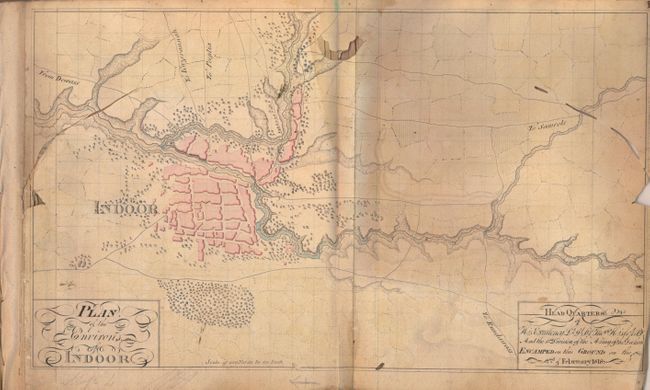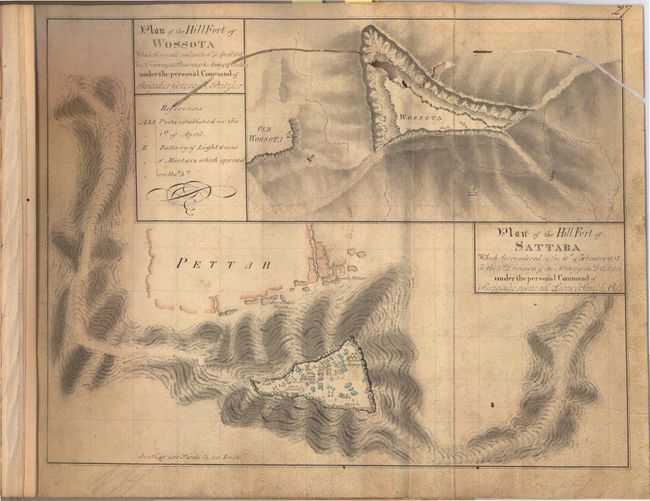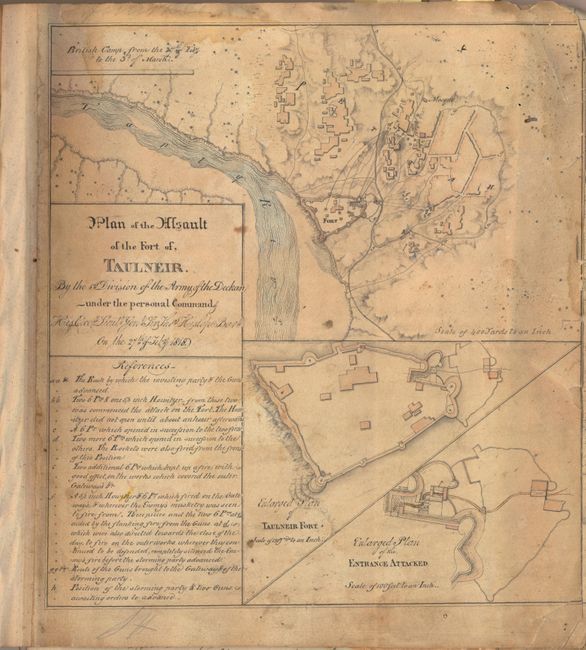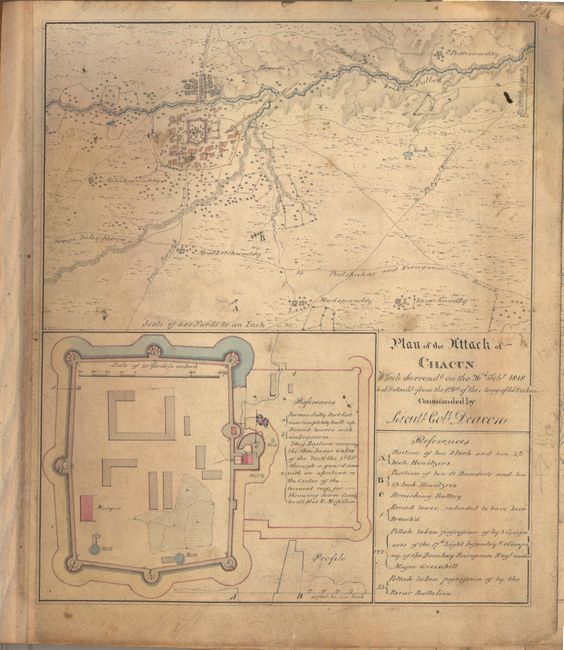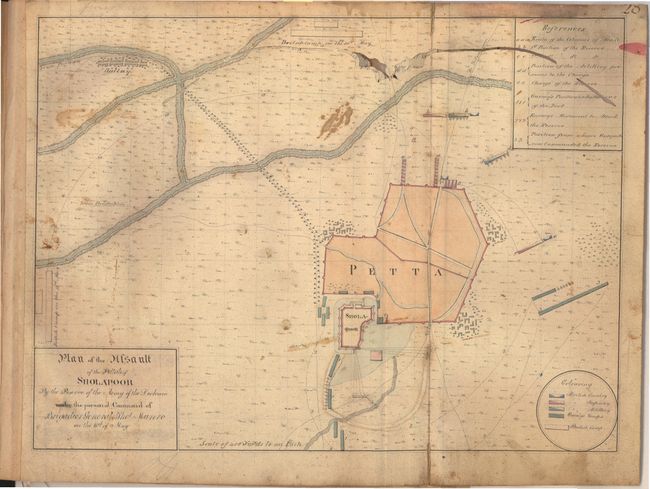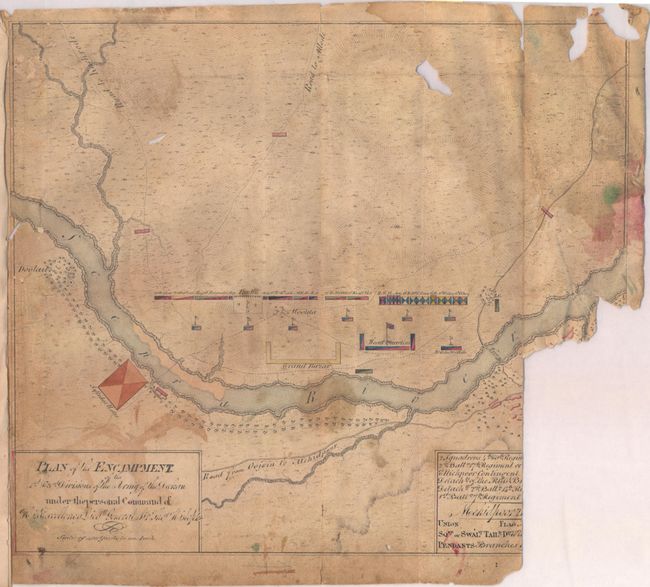Catalog Archive
Auction 143, Lot 735
British Manuscript Battle Plans and Notes from the Third Maratha War
"[Set of 25 Manuscript Maps and Notes from the Third Maratha War]"
Subject: India
Period: 1819-21 (circa)
Publication:
Color: Hand Color
Size:
11 x 11.5 inches
27.9 x 29.2 cm
Download High Resolution Image
(or just click on image to launch the Zoom viewer)
(or just click on image to launch the Zoom viewer)


